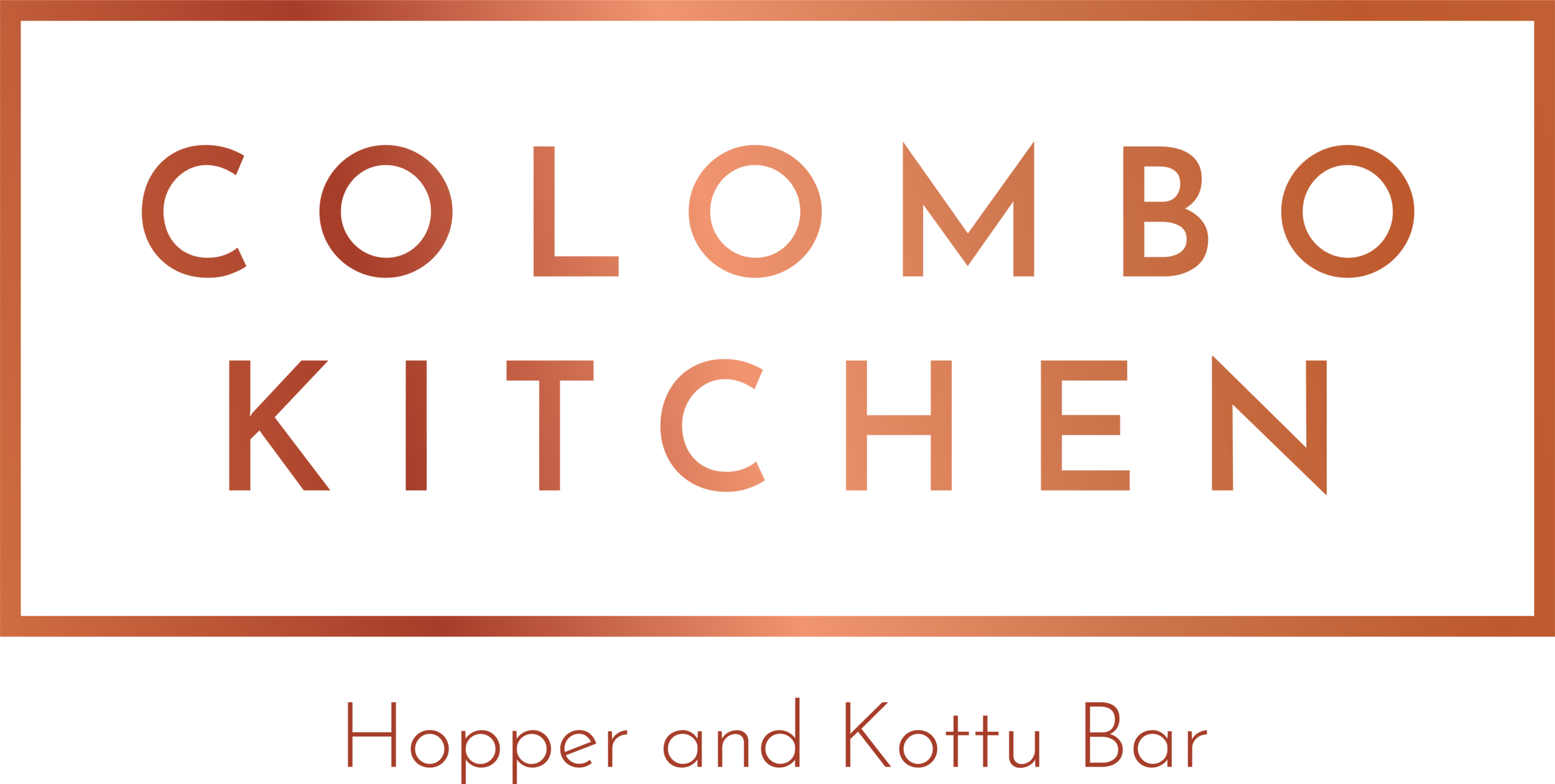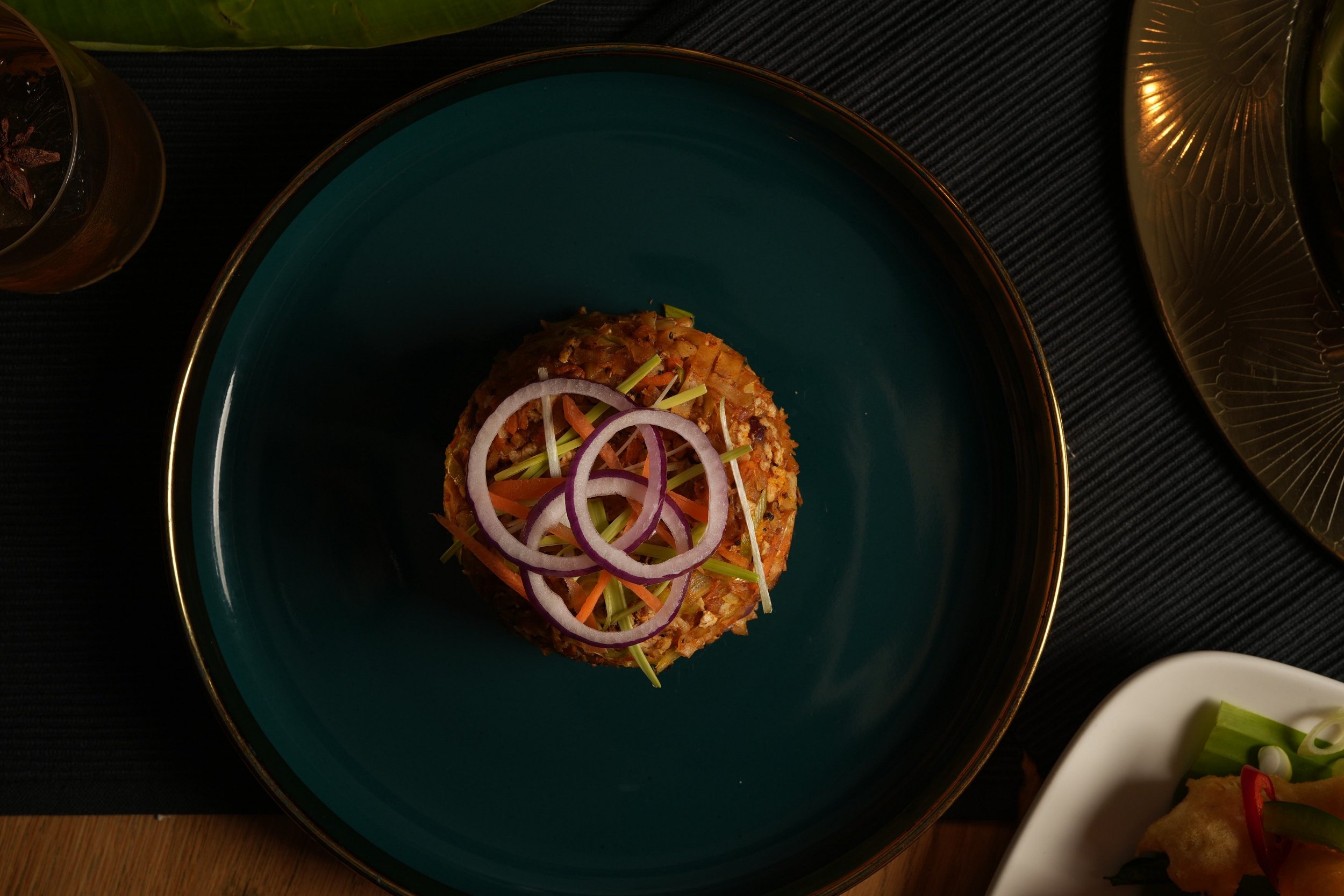The Dying Art of Hoppers and Kottu Roti Artisans
Colombo Kitchen, widely regarded as the best Sri Lankan restaurant in London, has become a sanctuary for preserving one of the most precious parts of Sri Lanka’s culinary heritage. In a world where speed and convenience often overshadow craftsmanship, the delicate traditions behind hoppers and kottu roti are slowly fading into the background.
At Colombo Kitchen, preserving this artistry is not just a commitment. It is a philosophy. Guided by Chef Sylvia, the restaurant has become a rare sanctuary for culinary techniques that require patience, intuition, and years of practice.
It All Begins with the Hopper Mix
Every hopper tells a story, and that story starts long before it hits the pan. The secret hopper mix used at Colombo Kitchen is known only to Chef Sylvia and two trusted members of her team. Passed down, refined, and guarded with immense care, it is the soul of their signature hoppers.
Crafting the perfect hopper mix is not just about ingredients. It is about balance. Too much fermentation and the flavour is sharp. Too little and the texture falls flat. The mix has to be nurtured, watched, and understood. This is where true artistry begins.
The Art of the Soft Centre and Crispy Edge
A hopper is only truly great when it accomplishes what seems impossible: a soft, delicate, cushiony centre surrounded by an almost lace-like, perfectly crisp edge. It sounds simple, but achieving this harmony requires absolute precision.
The pan must reach the right temperature. The tilt and swirl must be smooth. The cook must read tiny cues in batter behaviour, steam, and timing. These details cannot be taught through a manual. They must be absorbed through repetition, correction, and instinct.
This is why, at Colombo Kitchen, chefs train for nearly a year before they are even allowed to serve hoppers to guests. Every hopper is personally checked by Chef Sylvia, who refuses to serve any that are not absolutely perfect.
Kottu Roti: The Music of the Kitchen
Kottu is as much a performance as it is a dish. The sound of blades hitting the hotplate in rhythmic motion is iconic in Sri Lankan street food culture. But that sound is more than entertainment. It is technique.
One of the most overlooked secrets of exceptional kottu lies in the ratio of chopped roti to curry. Too much curry and the dish becomes soggy. Too little and the kottu becomes dry and lifeless. Getting this balance right requires experience and a deep understanding of texture.
At Colombo Kitchen, every portion of kottu is crafted with that precision. The vegetables are cut to exact sizes. The roti is freshly prepared. The curry is reduced to the perfect consistency. Nothing is left to chance.
Why Colombo Kitchen Stands Apart
Many restaurants attempt to recreate hoppers and kottu. Some come close. But few reach the level of mastery that Colombo Kitchen has become known for.
This is not by accident. It is the result of:
• A secret hopper recipe preserved with discipline
• A year-long training process for every chef
• Intense focus on detail in every component
• Unwavering commitment to authenticity
Chef Sylvia has dedicated her life to these traditions. Her leadership ensures that every plate leaving the kitchen honours Sri Lankan heritage and celebrates the artistry behind these beloved dishes.
Preserving a Dying Craft
In an era dominated by shortcuts and quick fixes, Colombo Kitchen continues to stand as a guardian of Sri Lanka’s culinary identity. The skills required to produce exceptional hoppers and kottu are fading, but here, they are thriving.
Every crisp-edged hopper. Every perfectly balanced kottu. Every portion served to a guest is a tribute to a craft that deserves to be protected.
And at the heart of it all is Chef Sylvia, ensuring that this dying art lives on, one plate at a time.


